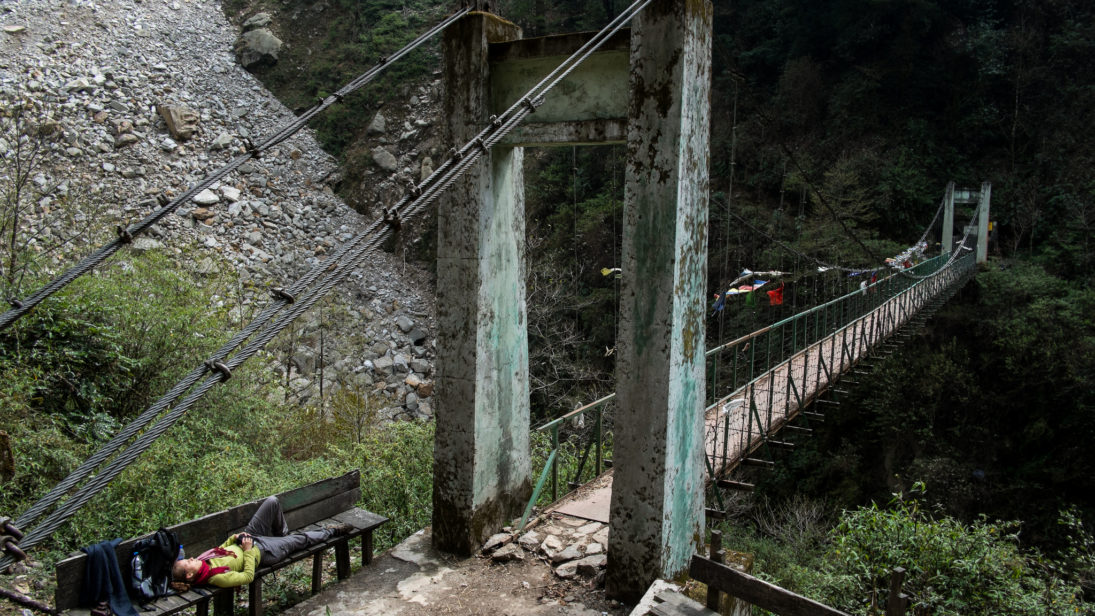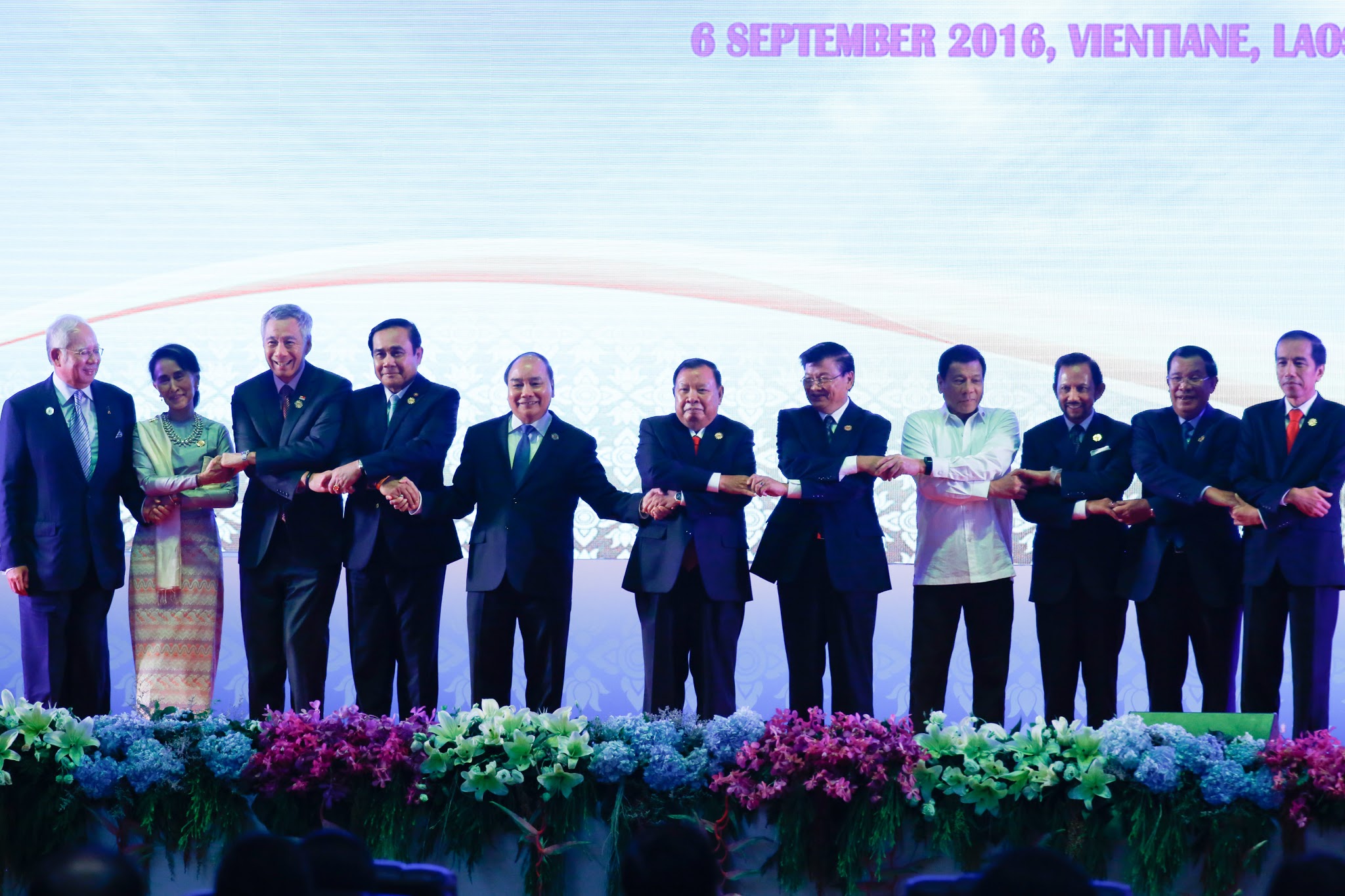
“Connectivity…has emerged as a theater of present-day geopolitics,” said Indian Foreign Secretary Subrahmanyam Jaishankar recently. Indian policymakers are increasingly becoming conscious of the importance of greater physical connectivity with neighboring states. India’s Northeast Region (NER) in particular has enormous potential to foster increased economic growth and development, especially through enhanced engagement with Southeast Asia. This makes the NER a special and strategically-significant zone for Indian policymakers. However, India has yet to reap the full benefits of the NER and of a rapidly developing Southeast Asia. If India wishes to take advantage of Southeast Asia’s economic growth, it must turn its attention towards developing the NER.
Greater connectivity and strategic and peaceful coexistence are the key objectives of India’s foreign policy towards Southeast Asian countries. India’s Act East Policy (AEP) aims to achieve these objectives, and the NER is a core component. Greater connectivity under the aegis of AEP envisages the NER as a gateway to neighboring countries such as Bangladesh, Bhutan, Myanmar, and Nepal to transform the region into an economic and development corridor. This has been done effectively by India’s northern neighbor. China was able to convert its peripheral region, Yunnan province, into an economic corridor by augmenting physical connectivity through infrastructure development. China expanded its connectivity projects with Myanmar, which further bolstered economic activity in Yunnan province. The hope is that India could do the same in the NER.

For Southeast Asia, connecting with India’s NER is beneficial for several reasons. Southeast Asia shares strong cultural ties with India’s NER that can benefit business relations between the regions. Also, given the fact that NER has an abundance of natural resources, it provides economic and trade opportunities. Apart from coal and gas based power, India’s NER has the potential to generate over 60,000 MW of hydroelectric power and could thus act as a potential powerhouse for Southeast Asia. Further, to counter the growing Chinese influence, it becomes vital for Southeast Asia to connect with India and physical proximity with India’s NER is an added advantage. However, most of India’s economic exchanges with Southeast Asia do not make use of this continental route. Poor trade facilitation and a lack of sound transport infrastructure have prevented the region from reaching its development potential. The region also struggles with communication bottlenecks due to inept central government policy. For long, India’s NER has been viewed as a strategic frontier, periphery, or buffer zone, where national security and related priorities have dominated. This is largely due to the NER’s geopolitical location and turbulent history. Chinese aggression in 1962, war with Pakistan in 1971, and deteriorating internal security over time have caused the region to be viewed as a frontier or buffer zone rather than a potential source of economic prosperity. Thus, the popular narrative is that security apprehension and strategic considerations led to the isolation and lack of connectivity in the region.
The India-China border conflict of 1962 arguably still haunts the Indian psyche. India continues to treat the region as a buffer for fear that the Chinese may take advantage of the roads and infrastructure were a war to break out. However, as Mani Shankar Aiyar, former Union Minister for the Development of North-Eastern Region (DONER), has suggested, such fears are imaginary and unrealistic. National interest is best pursued by engaging NER proactively. Isolating the region only invites suspicion and political unrest as the local economy, human development, and communication networks lag behind. In the contemporary era of economic liberalization and globalization, security cannot be assured in isolation, but rather through regional economic integration and infrastructure development.
Although there has been a realization among Indian policymakers that the NER matters for reasons other than as a buffer against China, this realization has not translated into concrete action. The ongoing physical connectivity projects under the multilateral initiatives such as the Bangladesh-China-India-Myanmar Forum for Regional Cooperation (BCIM), Mekong-Ganga Cooperation (MGC), and the Bay of Bengal Initiative for Multi-Sectoral Technical and Economic Cooperation (BIMSTEC) within the NER are moving slowly, suggesting that the benefits of regional economic integration are still a distant dream. India’s quest for greater connectivity requires the completion of these major infrastructure initiatives and recognition of the development needs of the NER.
Although the need for development in the NER has been recognized, India continues to predominantly view the region through a security lens. Instead, India should exploit the multifaceted potential of its peripheries and shed its security obsession. The NER has to be free from intra-regional constraints such as poor transport networks in order to reach its full economic potential. The Indian state must alter its security-centric mindset and reconsider its approach to the NER so that the region can achieve greater connectivity, cater to regional development needs, and ultimately further overarching strategic and economic objectives.
***
Image 1: Antoine Collet, Flickr
Image 2: Presidential Communications Operations Office, Philippines via Wikimedia


